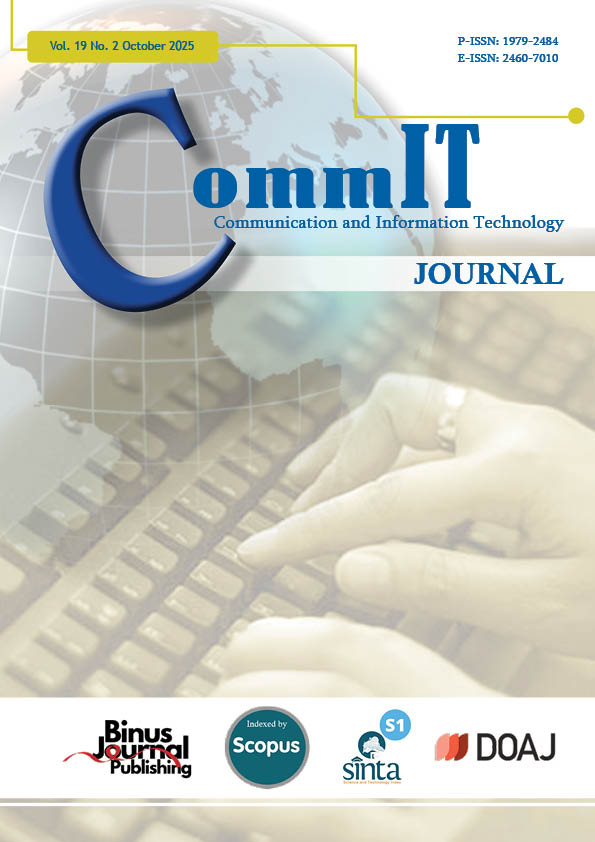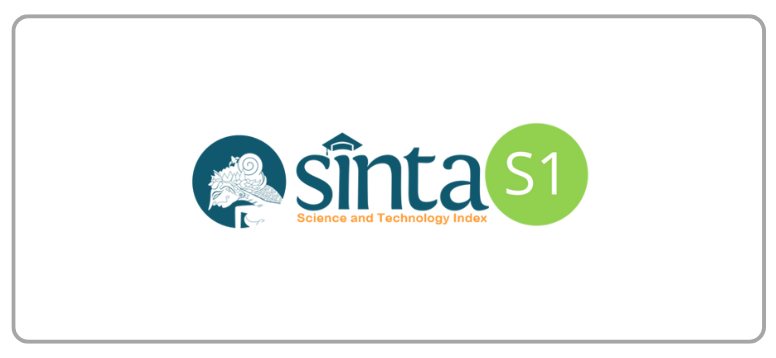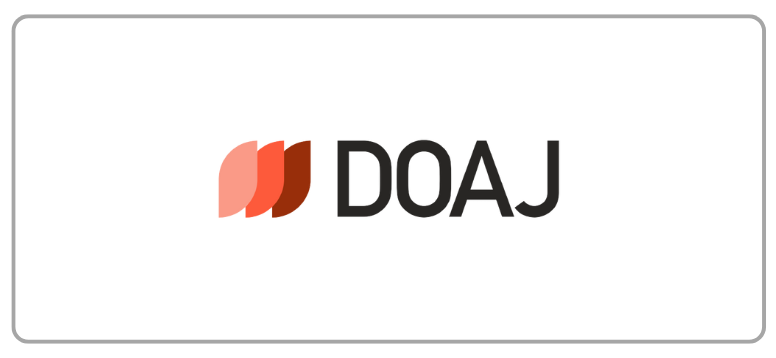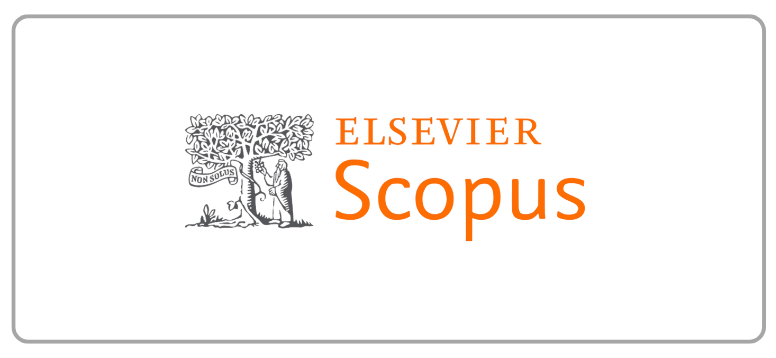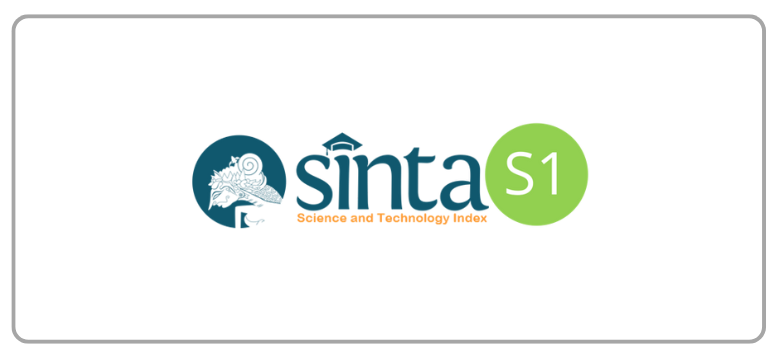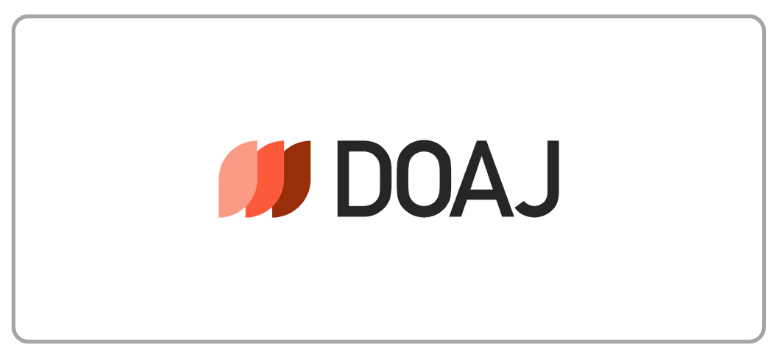Development of IoT-based Drip Irrigation System for Tobacco Crops Using Fuzzy Logic: A Case Study in Indonesian Agriculture
DOI:
https://doi.org/10.21512/commit.v19i2.13060Keywords:
Internet of Things (IoT), Drip Irrigation System, Tobacco, Fuzzy LogicAbstract
Tobacco is one of the leading agricultural commodities in Indonesia, making a significant contribution to the local economy, particularly in tobaccoproducing regions. However, tobacco cultivation, which generally takes place during the dry season, faces challenges such as limited water availability and the high labor intensity required for irrigation. The research aims to develop an Internet of Things (IoT)-based drip irrigation system to enhance water-use efficiency and simplify the irrigation process for tobacco farmers. The system integrates a DHT11 temperature sensor, a soil moisture sensor, and a soil pH sensor. An Arduino Uno and an ESP8266 microcontroller are used to process sensor data and transmit it in real-time to Firebase. Moreover, Mamdani fuzzy logic method is applied to determine irrigation duration based on temperature and soil moisture readings. Experimental results indicate that the system can reduce water usage by up to 36.67% compared to conventional manual watering methods, with an average water consumption of 297.32 mL per automated irrigation cycle. Moreover, the system demonstrates high accuracy, with an average deviation of only 0.33 between fuzzy logic results generated by the Arduino Uno and MATLAB simulations. The novelty of the research lies in the integration of an IoT-based drip irrigation system utilizing Mamdani fuzzy logic, specifically designed for tobacco cultivation, which enables real-time monitoring by farmers. This system is expected to offer an innovative solution to support precision agriculture and promote efficient water resource management.
References
[1] M. K. Senapaty, A. Ray, and N. Padhy, “IoTenabled soil nutrient analysis and crop recommendation model for precision agriculture,” Computers, vol. 12, no. 3, pp. 1–34, 2023.
[2] G. Regassa and B. S. Chandravanshi, “Levels of heavy metals in the raw and processed Ethiopian tobacco leaves,” SpringerPlus, vol. 5, no. 1, pp. 1–9, 2016.
[3] M. Camlica and G. Yaldiz, “Analyses and evaluation of the main chemical components in different tobacco (Nicotiana tabacum L.) genotypes,” Grasas y Aceites, vol. 72, no. 1, pp. e389–e389, 2021.
[4] J. Drope, Q. Li, E. C. Araujo, G. A. Harimurti, G. A. Sahadewo, N. Nargis, J. Durazo, F. Witoelar, and B. Sikoki, “The economics of tobacco farming in Indonesia,” 2017. [Online]. Available: http://bit.ly/48pmfcu
[5] M. U. H. Al Rasyid, E. M. Kusumaningtyas, and F. Setiawan, “Application to determine water volume for agriculture based on temperature & humidity using wireless sensor network,” in 2016 International Conference on Knowledge Creation and Intelligent Computing (KCIC). Manado, Indonesia: IEEE, Nov. 15–17, 2016, pp. 105–112.
[6] A. Dinar, A. Tieu, and H. Huynh, “Water scarcity impacts on global food production,” Global Food Security, vol. 23, pp. 212–226, 2019.
[7] D. Bwire, F. Watanabe, S. Suzuki, and K. Suzuki, “Improving irrigation water use efficiency and maximizing vegetable yields with drip irrigation and poly-mulching: A climate-smart approach,” Water, vol. 16, no. 23, pp. 1–16, 2024.
[8] G. Lee and J. Kim, “Sufficient light intensity is required for the drought responses in sweet basil (Ocimum basilicum L.),” Agronomy, vol. 14, no. 9, pp. 1–11, 2024.
[9] S. Kondo, N. Yoshimoto, and Y. Nakayama, “Farm monitoring system with drones and optical camera communication,” Sensors, vol. 24, no. 18, pp. 1–19, 2024.
[10] S. Mill´an, C. Montesinos, and C. Campillo, “Evaluation of different commercial sensors for the development of their automatic irrigation system,” Sensors, vol. 24, no. 23, pp. 1–20, 2024.
[11] H. E. Anggraeni, A. Setiawan, and S. Irawan, “Temperature and humidity monitoring system environ mental cat incubator based on the Internet of Things (IoT),” in The 5th International Conference on Vocational Education Applied Science and Technology 2022, vol. 83, no. 1. Teluk Betung, Indonesia: MDPI, Oct. 26–28, 2023, pp. 1–6.
[12] M. R´odenas Garc´ıa, A. Spinazz´e, P. T. Branco, F. Borghi, G. Villena, A. Cattaneo, A. Di Gilio, V. G. Mihucz, E. Go´mez A´ lvarez, S. I. Lopes et al., “Review of low-cost sensors for indoor air quality: Features and applications,” Applied Spectroscopy Reviews, vol. 57, no. 9-10, pp. 747–779, 2022.
[13] O. Alsamrai, M. D. Redel-Macias, S. Pinzi, and M. Dorado, “A systematic review for indoor and outdoor air pollution monitoring systems based on Internet of Things,” Sustainability, vol. 16, no. 11, pp. 1–21, 2024.
[14] N. Canha, C. Correia, S. Mendez, C. A. Gamelas, and M. Felizardo, “Monitoring indoor air qualityin classrooms using low-cost sensors: Does the perception of teachers match reality?” Atmosphere, vol. 15, no. 12, pp. 1–14, 2024.
[15] G. P. Pereira, M. Z. Chaari, and F. Daroge, “IoT-enabled smart drip irrigation system using ESP32,” IoT, vol. 4, no. 3, pp. 221–243, 2023.
[16] M. H. Seyar and T. Ahamed, “Development of an IoT-based precision irrigation system for tomato production from indoor seedling germination to outdoor field production,” Applied Sciences, vol. 13, no. 9, pp. 1–19, 2023.
[17] W. C. Yet and U. Qidwai, “Intelligent sensor network for obstacle avoidance strategy,” in The Fourth IEEE Sensors 2005 Conference. Irvine, USA: IEEE, Oct. 30–Nov. 3, 2005, pp. 4–pp.
[18] R. J. Holden, M. A. Boustani, and J. Azar, “Agile innovation to transform healthcare: Innovating in complex adaptive systems is an everyday process, not a light bulb event,” BMJ Innovations, vol. 7, no. 2, pp. 499–505, 2021.
[19] Y. Y. Koh, C. L. Kok, N. Ibraahim, and C. G. Lim, “Smart water ATM with Arduino integration, RFID authentication, and dynamic dispensing for enhanced hydration practices,” Electronics, vol. 13, no. 9, pp. 1–18, 2024.
[20] G. Visco, E. Dell’Aglio, M. Tomassetti, L. U. Fontanella, and M. P. Sammartino, “An opensource, low-cost apparatus for conductivity measurements based on Arduino and coupled to a handmade cell,” Analytica, vol. 4, no. 2, pp. 217–230, 2023.
[21] R. Muthuramalingam, R. Rathnam Velu, H. Baskar, and M. H. Vellan Saminathan, “An IoT-based smart irrigation system,” in The 5th International Conference on Innovative Product Design and Intelligent Manufacturing Systems (IPDIMS 2023), vol. 66, no. 1. Rourkela, India: MDPI, Dec. 6–7, 2024, pp. 1–5.
[22] D. A. Aranda Britez, A. Tapia C´ordoba, P. Johnson, E. E. Pacheco Viana, and P. Mill´an Gata, “Improving the calibration of low-cost sensors using data assimilation,” Sensors, vol. 24, no. 23, pp. 1–28, 2024.
[23] C. L. Tien, H. F. Shih, J. K. Tien, and C. C. Wang, “A high-sensitivity fiber optic soil moisture sensor based on D-shaped fiber and tin oxide thin film coatings,” Sensors, vol. 24, no. 23, pp. 1–14, 2024.
[24] A. K. Hassan, M. S. Saraya, A. M. T. Ali Eldin, and M. M. Abdelsalam, “Low-cost IoT air quality monitoring station using cloud platform and blockchain technology,” Applied Sciences, vol. 14, no. 13, pp. 1–17, 2024.
[25] N. Fahmi, S. Huda, E. Prayitno, M. U. H. Al Rasyid, M. C. Roziqin, and M. U. Pamenang, “A prototype of monitoring precision agriculture system based on WSN,” in 2017 International Seminar on Intelligent Technology and Its Applications (ISITIA). Surabaya, Indonesia: IEEE, Aug. 28–29, 2017, pp. 323–328.
[26] M. N. I. Nayoun, S. A. Hossain, K. M. Rezaul, K. N. E. A. Siddiquee, M. S. Islam, and T. Jannat, “Internet of Things-driven precision in fish farming: A deep dive into automated temperature, oxygen, and pH regulation,” Computers, vol. 13, no. 10, pp. 1–25, 2024.
[27] R. Tiwari and G. S. Mahalpure, “A detailed review of pH and its applications,” Journal of Pharmaceutical and Biopharmaceutical Research, vol. 6, no. 2, pp. 492–505, 2024.
[28] P. Tajane, A. Dhenge, and S. P. Wankar, “Design and development of an RTC based relay board for precision control of industrial motors,” International Journal of Innovative Research in Engineering, vol. 5, no. 2, pp. 110–114, 2024.
[29] J. Barraza, L. Rodr´ıguez, O. Castillo, P. Melin, and F. Valdez, “An enhanced fuzzy hybrid of fireworks and grey wolf metaheuristic algorithms,” Axioms, vol. 13, no. 7, pp. 1–31, 2024.
[30] J. Barraza, P. Melin, F. Valdez, and C. I. Gonzalez, “Modeling of fuzzy systems based on the competitive neural network,” Applied Sciences, vol. 13, no. 24, pp. 1–24, 2023.
[31] H. Wang, M. Wang, R. Yang, and H. Yang, “Urban resilience of important node cities in population migration under the influence of COVID-19 based on Mamdani fuzzy inference system,” Sustainability, vol. 15, no. 19, pp. 1–22, 2023.
[32] D. Rimpas, S. D. Kaminaris, D. D. Piromalis, and G. Vokas, “Real-time management for an EV hybrid storage system based on fuzzy control,” Mathematics, vol. 11, no. 21, pp. 1–18, 2023.
[33] M. U. H. Al Rasyid, A. S. Ahsan, and M. F. Najaa, “Fuzzy logic for automatic watering system of smart agriculture with IoT,” in 2020 International Conference on Applied Science and Technology (iCAST). Padang, Indonesia: IEEE, Oct. 24, 2020, pp. 1–7.
[34] N. U. Jan, S. Naqvi, and Q. Ali, “Using fuzzy logic for monitoring students academic performance in higher education,” in The 8th International Electrical Engineering Conference), vol. 46, no. 1. Karachi, Pakistan: MDPI, Aug. 25–26, 2023, pp. 1–7.
[35] M. H. Biglouei, M. H. Assimi, and A. Akbarzadeh, “Influence of different levels of soil moisture on yield and quality characteristics of coker (flue-cured) tobacco,” ProEnvironment Promediu, vol. 3, no. 5, 2010.
[36] L. Raju, A. Swetha, C. K. Shruthi, and J. Shruthi, “IoT based demand side management using Arduino and MATLAB,” in 2020 International Conference on Smart Electronics and Communication (ICOSEC). Trichy, India: IEEE, Sep. 10–12, 2020, pp. 823–829.
[37] S. W. Lee, “Methods for testing statistical differences between groups in medical research: Statistical standard and guideline of Life Cycle Committee,” Life Cycle, vol. 2, pp. 1–8, 2022.
Downloads
Published
How to Cite
Issue
Section
License
Copyright (c) 2025 Putri Liana, M. Udin Harun Al Rasyid, Setiawardhana

This work is licensed under a Creative Commons Attribution-ShareAlike 4.0 International License.
Authors who publish with this journal agree to the following terms:
a. Authors retain copyright and grant the journal right of first publication with the work simultaneously licensed under a Creative Commons Attribution License - Share Alike that allows others to share the work with an acknowledgment of the work's authorship and initial publication in this journal.
b. Authors are able to enter into separate, additional contractual arrangements for the non-exclusive distribution of the journal's published version of the work (e.g., post it to an institutional repository or publish it in a book), with an acknowledgment of its initial publication in this journal.
c. Authors are permitted and encouraged to post their work online (e.g., in institutional repositories or on their website) prior to and during the submission process, as it can lead to productive exchanges, as well as earlier and greater citation of published work.
Â
USER RIGHTS
All articles published Open Access will be immediately and permanently free for everyone to read and download. We are continuously working with our author communities to select the best choice of license options, currently being defined for this journal as follows: Creative Commons Attribution-Share Alike (CC BY-SA)
